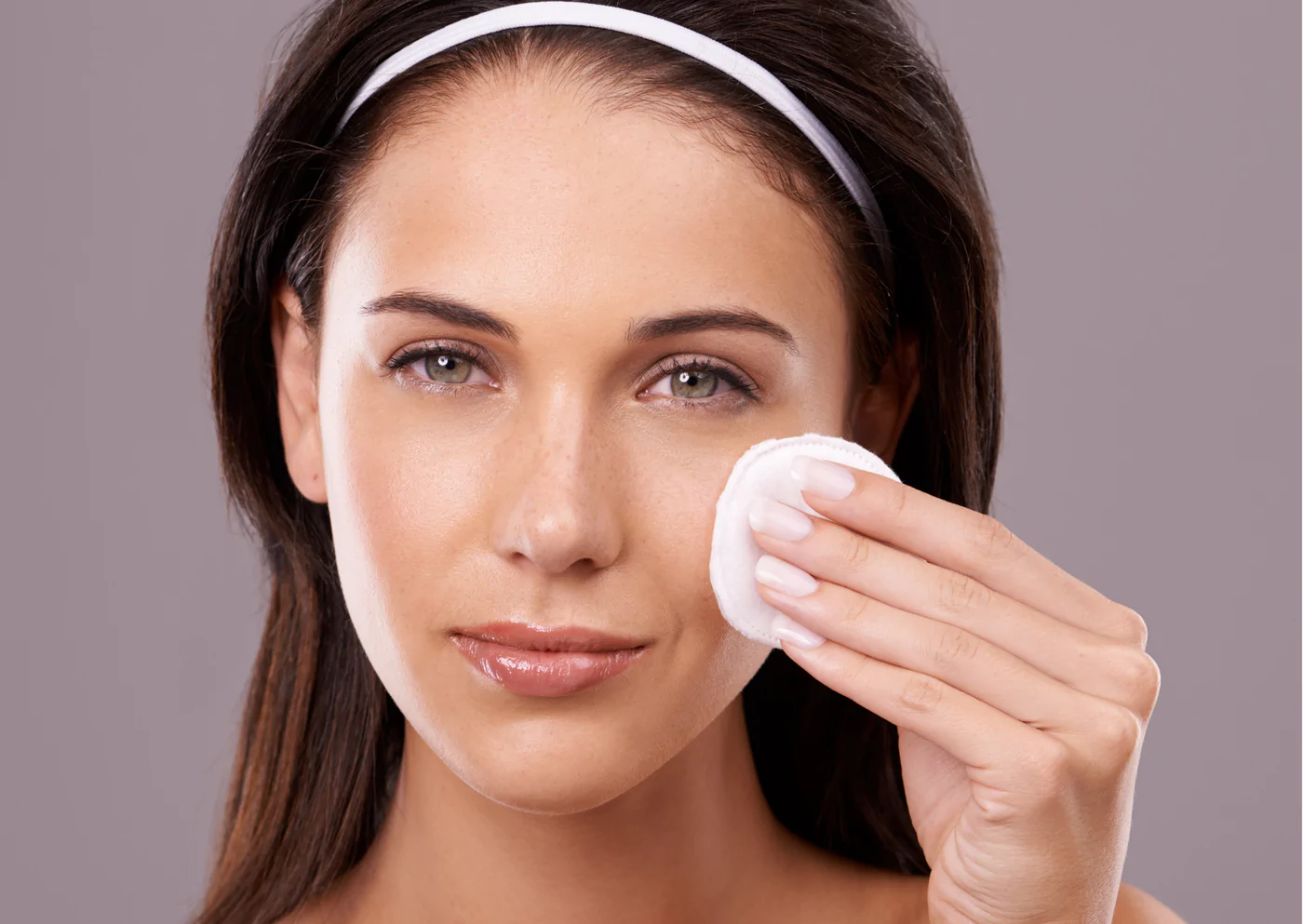While many people relate the word ‘sustainability’ to the environment, human health, and the economy, it has another up and coming aspect: beauty. Even though the definition of sustainable beauty may vary from person to person, the effort in sustainability is something that many are conscious about and striving towards. But how does this concept, one that mankind has been striving to attain perfection in, play a role in maintaining balance in the different sectors especially in the beauty industry?
Sustainable Beauty was influenced by the sustainable movement in the food industry and is applicable to everyone, with a list of 17 sustainable development goals that reduce impact to the environment and health laid out by the UN (here’s the link if you’re interested in finding out more!! https://sustainabledevelopment.un.org/?menu=1300).
However, as a word of caution, while the labels of various beauty products proudly display the words “Organic”, “Natural”, or “Sustainable”, some of these brands may still contain preservatives obtained from petrol-chemicals or manufactured in a way that increases the carbon footprints.

Jefta Images | Barcroft Images | Getty Images
A plantation worker harvests fruit from palm oil trees in North Sumatra, Indonesia.
Sustainable Beauty is a complex and difficult pursuit, with many different aspects that require attention. Here are a few stages in the development of a beauty product and how sustainable initiatives can be incorporated:
- sourcing raw ingredients from ethical farmers or suppliers. For instance, a plant-based raw ingredient may seem all ‘sustainable’ and ‘good’, but in actual fact was harvested through the exploitation of child labour.
- during manufacturing: reducing carbon footprint by adopting greener method of making products.
- using packaging that is biodegradable or recyclable.
- ensuring that the raw ingredients are biodegradable so that these material do not pollute the environment when released into the waters.
Ultimately, the only way this movement can succeed is if everybody plays their part. As stated earlier, many companies do not have a clear idea of what sustainable beauty is. Creating awareness in corporate practices like green sourcing, manufacturing, product compliance, waste reduction, and green packaging, are some ways to get started towards this goal.
The rest of the solution now lies on the shoulders of consumers. End users need to understand the importance of their roles such as awareness of these efforts, shopping wisely, and ‘label reading’ (check this out for a list of unsustainable ingredients 🙂 https://davidsuzuki.org/queen-of-green/the-dirty-dozen-dea-related-ingredients/). Finally, to take active roles in recycling, reusing, and reducing.
Unsurprisingly, you may have to spend more time to ensure that you are a responsible consumer and products may cost more if you support this movement. This might take some adjusting at first, but I can assure you that the effort and money will be wisely spent in the pursuit of encouraging companies to work towards a sustainable future in the beauty industry!!














